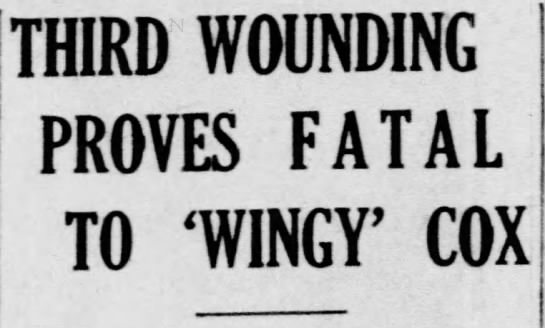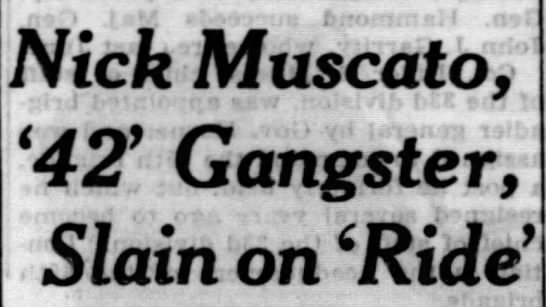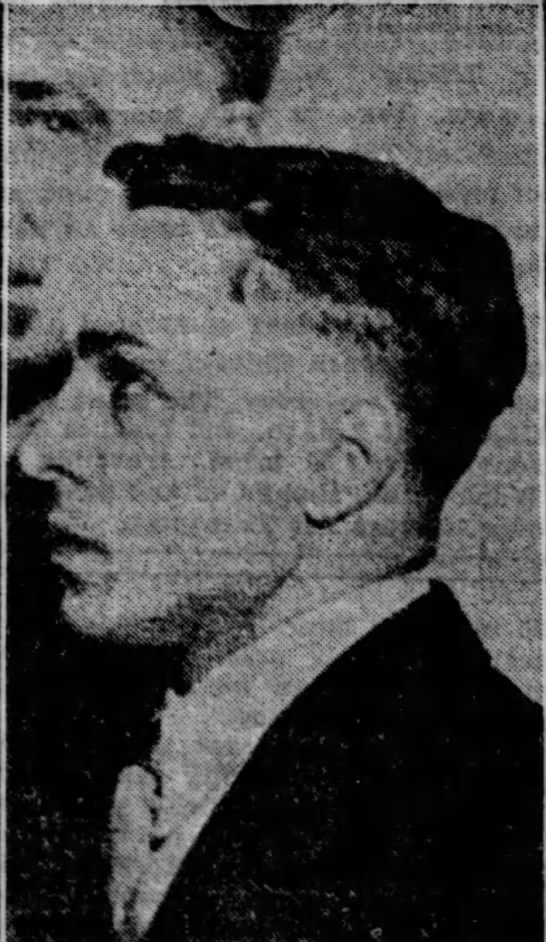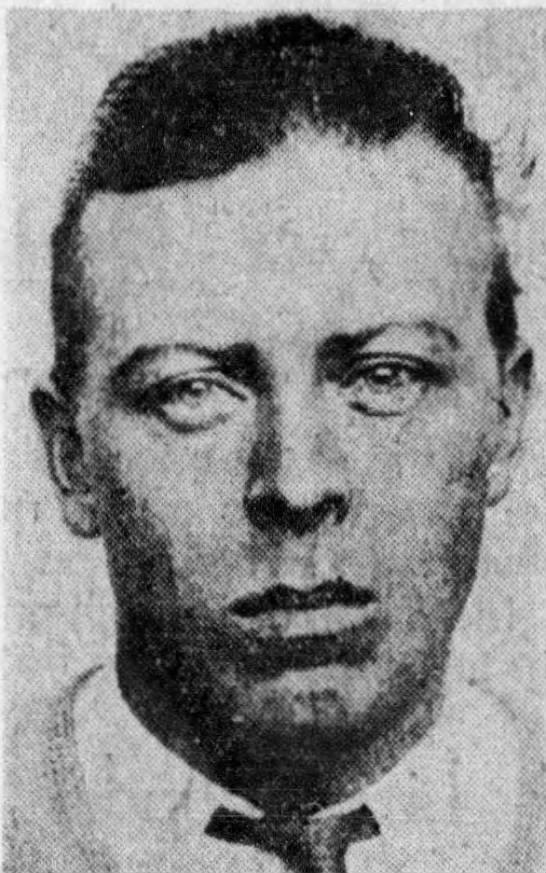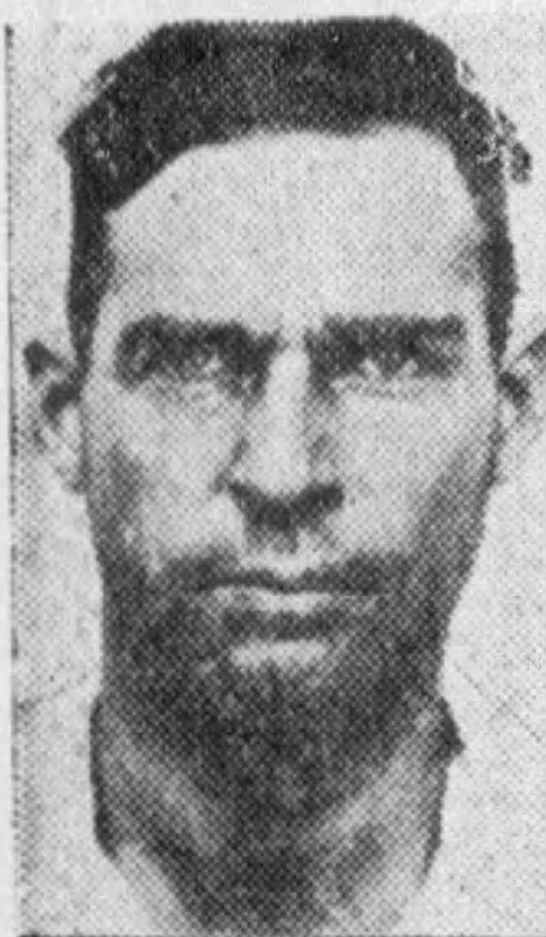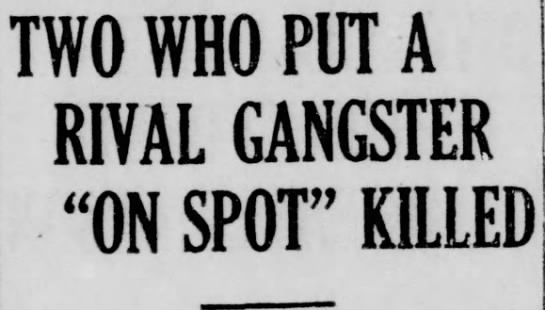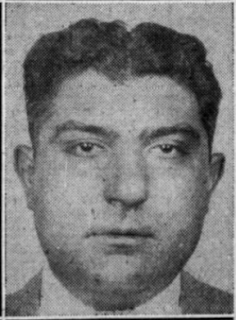July 7, 1933 saw the demise of Toledo bootlegger and nightclub entrepreneur Jack Kennedy. Though only in his early twenties, Kennedy was said to be fearless; so when a gang of Detroit gangsters headed by Thomas "Yonnie" Licavoli came to town in an attempt to monopolize Toledo's underworld; Kennedy refused to kneel.
The first attempt came on December 1, 1932 when Kennedy and his girlfriend, Louise Bell, were riding in Jack's coupe in downtown Toledo. When they stopped for a light, an auto, with Michigan plates, containing four men, armed with possibly two machineguns, pulled up alongside them and opened fire. Kennedy got through unscathed but his girlfriend was struck in the head by a bullet and later died at the hospital. According to witnesses, after the shooting, the gunmen headed towards Detroit.
The following summer the boys from Detroit finished the job when they traced Kennedy to his home in the shore community of Point Place just outside of Toledo. (since annexed by the city). Kennedy and his new girlfriend, Audrey Ralls, left his cottage and walked to the store for some groceries. Upon their return, the realized the milk they had purchased was sour, so headed back to the store. While strolling back home, a man grabbed Ralls from behind and pushed her out of the way while another man fired at least six bullets into Kennedy, killing him.
Witnesses were able to identify the killers and armed with this, as well as evidence from a few other gangland murders, cases were made against Licavoli and his gang and all were sentenced to life in prison.

















